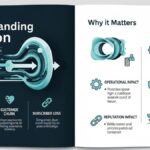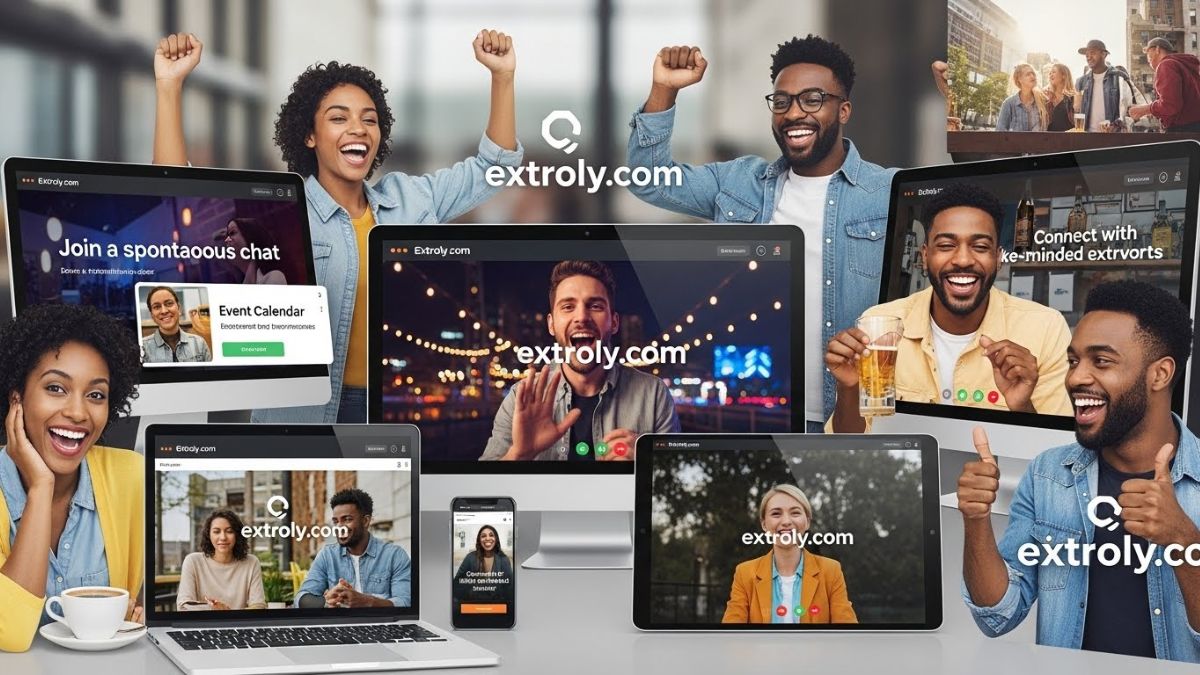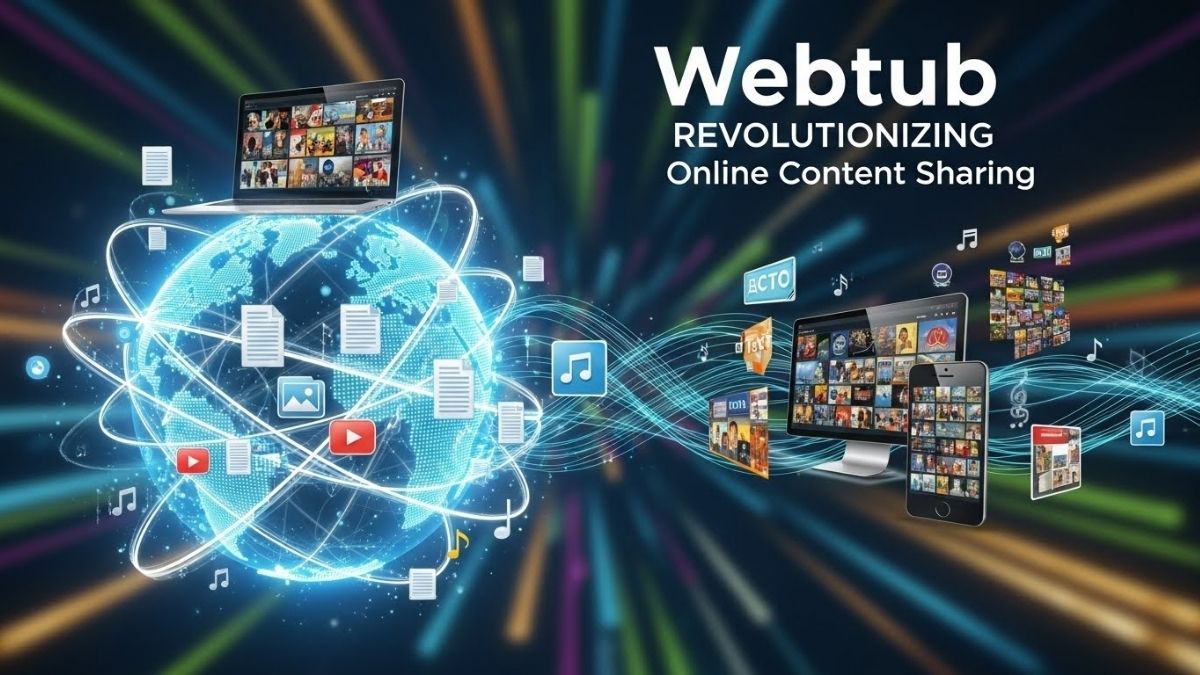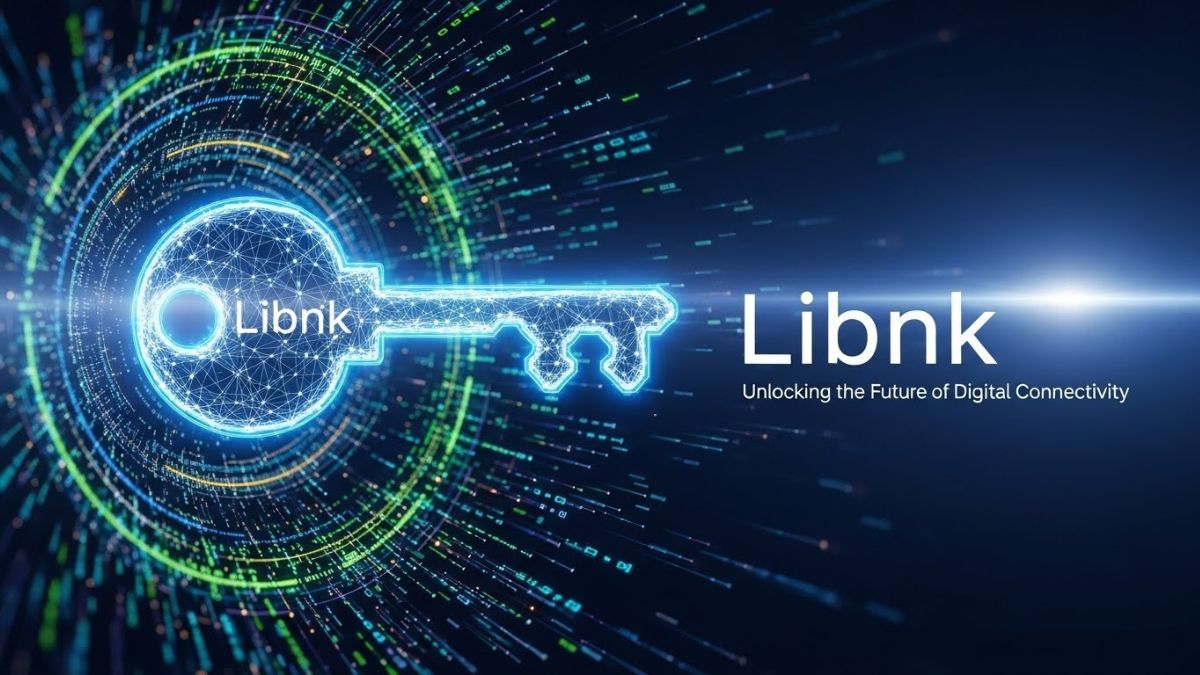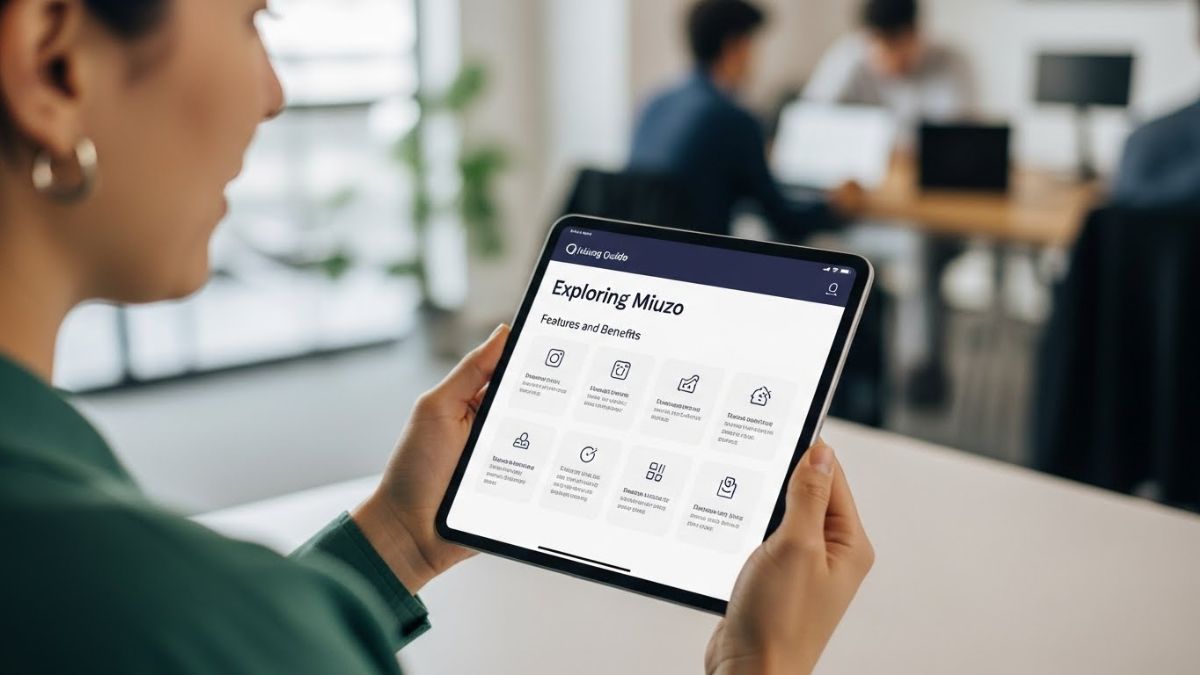The world of animation has always been a fascinating blend of art and technology, and in recent years, automotive animation has emerged as a particularly captivating genre. As the automotive industry continues to evolve at a rapid pace, the way we visualize and understand vehicles has had to keep up. Enter automotive animation: a dynamic and engaging way to bring cars, engines, and all things automotive to life.
The Rise of Automotive Animation
Automotive animation is not just about creating cool car videos. It’s a powerful tool for storytelling, marketing, education, and even design. By leveraging the capabilities of animation, companies can showcase their products in a way that is both visually stunning and deeply informative.
Why Automotive Animation Matters
In an era where digital content is king, automotive animation offers several unique advantages:
- Engagement: Animated content is inherently more engaging than static images or text. It captures attention and holds it, making it ideal for marketing and educational purposes.
- Clarity: Complex concepts and intricate designs can be difficult to convey with traditional media. Animation allows for a clear and detailed presentation of these elements, enhancing understanding.
- Versatility: Whether it’s for advertising a new model, explaining how an engine works, or training mechanics, automotive animation can be tailored to a wide range of applications.
- Creativity: The only limit in animation is imagination. This allows for innovative and creative presentations that can set a brand apart from its competitors.
Applications of Automotive Animation
The applications of automotive animation are as varied as the vehicles it portrays. Here are a few key areas where it shines:
Marketing and Advertising
One of the most prominent uses of automotive animation is in marketing and advertising. Car manufacturers and dealerships use animation to create compelling ads that highlight the features and benefits of their vehicles. Animated commercials can show cars in action, demonstrate new technologies, and even visualize futuristic concepts that are still in development.
Product Visualization
For designers and engineers, automotive animation is an invaluable tool for product visualization. It allows for the creation of detailed 3D models that can be rotated, exploded, and examined from every angle. This not only aids in the design process but also helps in presenting new concepts to stakeholders and potential customers.
Educational Content
From training videos for mechanics to educational materials for consumers, automotive animation makes learning about cars easier and more enjoyable. Complex systems like automotive engines can be broken down and explained step-by-step, making them accessible to a broader audience.
Virtual Showrooms
With the rise of online shopping, virtual showrooms have become increasingly popular. Automotive animation can create immersive, interactive experiences that allow customers to explore cars from the comfort of their own homes. They can see the interior and exterior details, understand the mechanics, and even customize their options in real-time.
Safety Demonstrations
Safety is a top priority in the automotive industry, and animation is a powerful tool for demonstrating safety features. Crash simulations, for example, can show how a vehicle’s safety systems protect passengers in an accident. These animations are not only educational but also build consumer trust in the brand’s commitment to safety.
The Process of Creating Automotive Animation
Creating automotive animation is a complex process that involves several stages. Each stage requires a blend of artistic talent and technical expertise to bring the animation to life.
Concept and Storyboarding
Every great animation starts with a concept. This is the idea or story that the animation will convey. Once the concept is solidified, the next step is storyboarding. Storyboards are like comic strips that outline the key scenes and actions in the animation. They serve as a blueprint for the entire project.
3D Modeling
After the storyboard is approved, the next step is 3D modeling. This involves creating detailed 3D models of the vehicles and any other objects that will appear in the animation. These models are created using specialized software and require a high level of skill to ensure accuracy and realism.
Texturing and Lighting
Once the models are created, they need to be textured and lit. Texturing involves adding color, patterns, and other surface details to the models. Lighting, on the other hand, involves setting up virtual lights to create the desired mood and atmosphere. Both of these steps are crucial for making the animation look realistic.
Animation
With the models textured and lit, it’s time to animate them. This involves defining how the objects move and interact over time. Animators use keyframes to set the starting and ending points of a movement, and the software calculates the frames in between. This stage requires a deep understanding of physics and motion to ensure that everything moves realistically.
Rendering
Rendering is the process of converting the 3D models and animations into a final video. This involves a lot of computing power, as the software needs to calculate the color, lighting, and shadows for every frame. The result is a high-quality video that looks smooth and realistic.
Post-Production
The final stage is post-production, where the rendered animation is edited and polished. This can involve adding special effects, sound, and music, as well as making any final adjustments to the video. The goal is to ensure that the animation is as engaging and professional as possible.
The Role of Typography Video Animation Company
While automotive animation focuses on bringing vehicles to life, typography video animation plays a crucial role in enhancing these animations. A reputable typography video animation company can add dynamic text elements that complement the visual content. This includes titles, captions, and other text animations that help convey important information and enhance the overall viewer experience.
For example, a commercial for a new car model might include animated text that highlights key features like “Advanced Safety Systems” or “Eco-Friendly Engine.” These text elements not only add visual interest but also ensure that the message is communicated clearly and effectively.
Automotive Engine Animation: A Closer Look
One of the most popular types of automotive animation is engine animation. Automotive engines are complex machines with many moving parts, and animation is an excellent way to visualize how they work.
Benefits of Automotive Engine Animation
- Educational Value: Engine animations can break down the inner workings of an engine into simple, easy-to-understand segments. This is valuable for both mechanics-in-training and car enthusiasts who want to learn more about how their vehicles operate.
- Marketing: For car manufacturers, engine animations can be used in marketing materials to showcase the advanced technology and engineering that goes into their vehicles. This can be a key selling point for high-performance or luxury models.
- Diagnostic Tool: In some cases, engine animations can be used as diagnostic tools. Mechanics can use these animations to identify potential issues and understand how different parts of the engine interact.
Creating an Automotive Engine Animation
Creating an engine animation involves several steps:
- Research and Planning: The first step is to gather detailed information about the engine. This includes technical specifications, diagrams, and any other relevant data.
- 3D Modeling: Using the gathered information, a 3D model of the engine is created. This model needs to be highly detailed and accurate to ensure that the animation is realistic.
- Animation: The next step is to animate the model. This involves defining how the different parts of the engine move and interact. For example, animating the pistons moving up and down or the camshaft rotating.
- Rendering and Post-Production: Once the animation is complete, it is rendered and edited. This can involve adding special effects, labels, and other elements to enhance the final product.
Why Hire Professional Typography Animator?
While it’s possible to create simple animations in-house, there are several compelling reasons to hire professional typography animator for your automotive animation projects:
- Expertise: Professional animators have the skills and experience needed to create high-quality animations. They understand the technical aspects of animation and know how to use advanced software to achieve the best results.
- Quality: Professional animators can produce animations that are visually stunning and highly polished. This level of quality is essential for making a strong impression and conveying your message effectively.
- Efficiency: Creating animations can be time-consuming, especially if you don’t have experience. Hiring a professional allows you to focus on other aspects of your business while they handle the animation.
- Innovation: Professional animators bring a fresh perspective and creative ideas to the table. They can help you think outside the box and create animations that stand out from the competition.
FAQ: Understanding Automotive Animation
1. What is automotive animation?
Automotive animation is the creation of animated content that showcases vehicles, engines, and other automotive-related subjects. It is used for marketing, education, product visualization, and more.
2. How can automotive animation benefit my business?
Automotive animation can engage and inform your audience, making complex concepts easier to understand. It can also enhance your marketing efforts by creating visually appealing and memorable content.
3. What is the process of creating automotive animation?
The process involves several stages, including concept and storyboarding, 3D modeling, texturing and lighting, animation, rendering, and post-production. Each stage requires a blend of artistic and technical skills.
4. Why should I hire a professional typography animator?
Hiring a professional ensures high-quality, polished animations that effectively convey your message. Professionals have the expertise, experience, and creative skills needed to produce standout animations.
5. What are some common applications of automotive animation?
Common applications include marketing and advertising, product visualization, educational content, virtual showrooms, and safety demonstrations. Automotive animation can be tailored to a wide range of uses.
Automotive animation is a powerful and versatile tool that is transforming the way we visualize and understand vehicles. From marketing and product visualization to education and safety demonstrations, its applications are vast and varied. By leveraging the skills of professional animators and typography video animation companies, you can create stunning, engaging, and informative animations that captivate your audience and elevate your brand. So, if you’re looking to drive your content forward, it’s time to explore the exciting world of automotive animation with Whimsitoons.
ALSO READ: 10 Amazing Ways to Enhance Your Creativity with PicLumen’s AI Image Generator from Image






